Against All Odds: Current Strategies For Asteroid Defense

Introduction
Asteroids have fascinated astronomers, researchers, and enthusiasts for a long time. Their impact on the planet Earth can have devastating consequences. For this reason, scientists have been working on strategies to protect the planet from asteroids that could potentially collide with it. In this article, we will explore current strategies for asteroid defense that scientists are working on.
The Importance of Detecting Near-Earth Objects (NEOs)
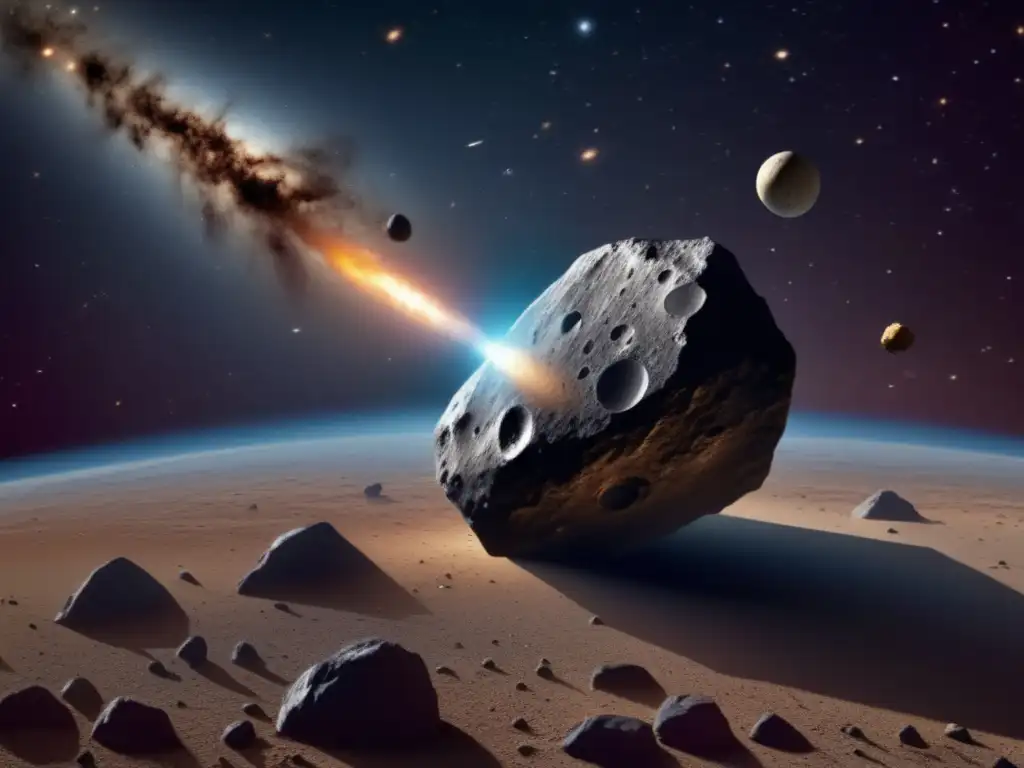
NASA's NEO Observations Program
NASA has established an early-warning system to detect NEOs that could potentially collide with Earth. NASA's NEO Observations Program uses a network of ground-based telescopes and orbiting space observatories to detect, track, and characterize near-Earth objects. The data obtained is used to identify any potential threat posed by NEOs to Earth and mitigate the risk of impact.
Advancements in Technology
Recent advancements in technology have helped scientists detect NEOs more accurately and quickly. For example, the Large Synoptic Survey Telescope (LSST) is a state-of-the-art instrument currently under construction in Chile. Its mission is to survey the sky and detect NEOs. The LSST is expected to become operational by 2023, and it will be capable of detecting 90% of all NEOs larger than 140 meters in size.
Collaboration Among Space Agencies
Collaboration among space agencies is crucial to detect, track, and respond to potential asteroid threats. NASA works in partnership with other space agencies, such as the European Space Agency (ESA), the Japanese Aerospace Exploration Agency (JAXA), and the Canadian Space Agency (CSA), to monitor NEOs and protect the planet from potential asteroid collisions.
Defending Against Asteroid Impacts
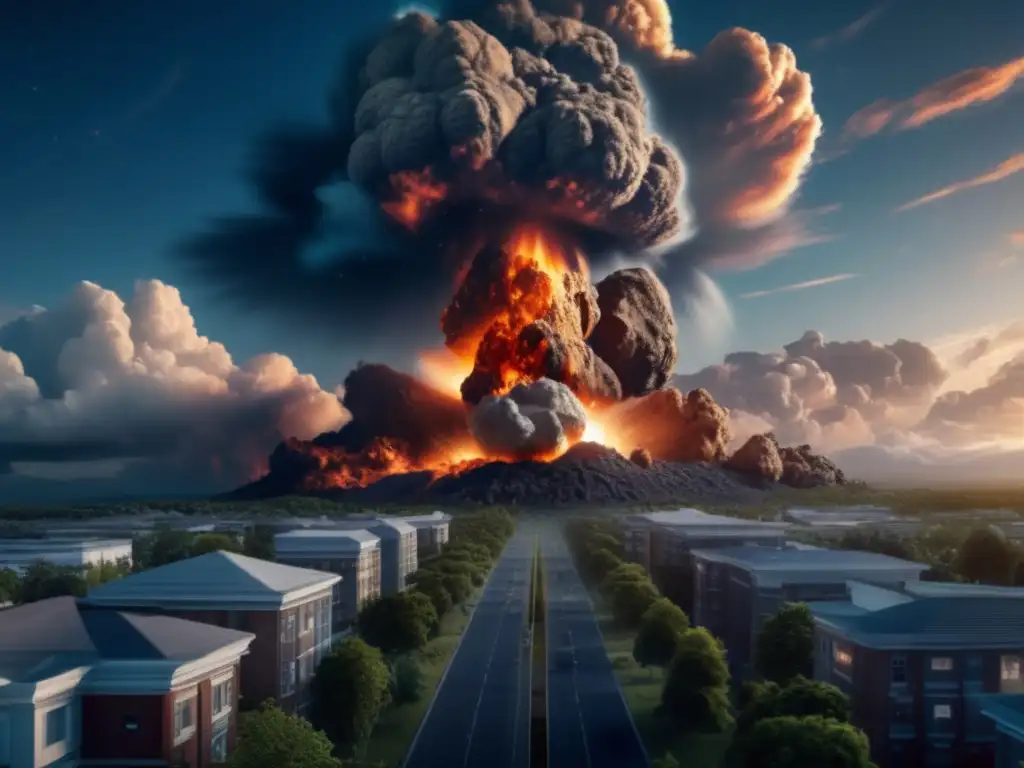
Kinetic Impactors
Kinetic impactors are devices used to deflect an asteroid's trajectory and prevent it from colliding with Earth. A kinetic impactor works by slamming into the asteroid at high speed and nudging it off course. NASA's Double Asteroid Redirection Test (DART) mission, scheduled for launch in 2021, will test a kinetic impactor on a small asteroid called Didymos.
Gravity Tractors
A gravity tractor is a spacecraft that makes use of the gravitational attraction between itself and an asteroid to deflect its trajectory. The spacecraft maneuvers close to an asteroid and uses the pull of its gravity to gradually change the asteroid's course. NASA's Near-Earth Object Surveillance Mission (NEOSM) will employ this technique to deflect any potential asteroid threats.
Nuclear Detonation
In extreme cases, nuclear detonation may be necessary to deflect an asteroid's trajectory. A nuclear explosion would vaporize part of the asteroid's surface, creating a thrust that would push it off course. However, this method is controversial due to potential side effects, such as radioactive debris and the risk of fracturing the asteroid into smaller pieces that could still pose a threat to Earth.
The Role of International Asteroid Deflection Missions (IADM)
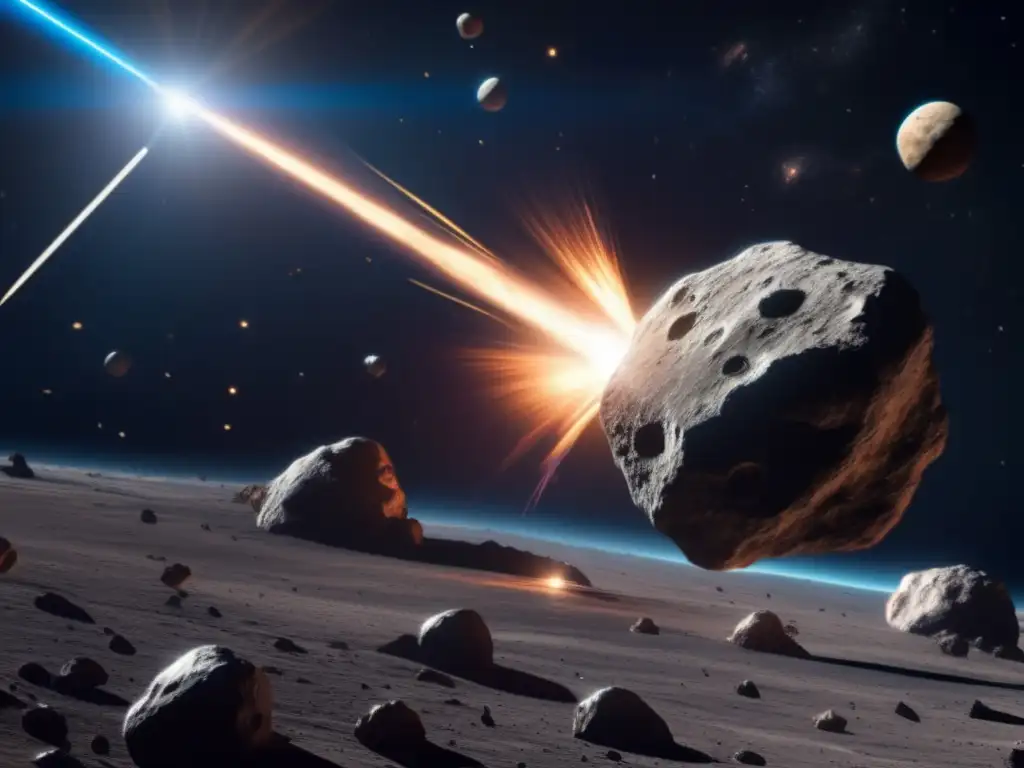
Mission Planning and Coordination
The IADM is a worldwide initiative to develop strategies for dealing with potential asteroid impacts. It was established in 2015, and its main aim is to bring together governments, space agencies, and experts in the field to develop a global approach to asteroid deflection. The IADM encourages international collaboration in mission planning and coordination for NEO mitigation.
Joint Research and Development
The IADM also provides a platform for joint research and development of asteroid defense technologies. Experts from different countries and organizations share their knowledge and expertise to develop effective strategies for deflecting asteroids that pose a threat to Earth.
Funding and Resource Allocation
The IADM helps to coordinate funding and resource allocation for asteroid defense initiatives. By pooling resources and expertise, it becomes possible to undertake more ambitious projects, such as building new observatories or launching spacecraft to deflect NEOs. The IADM also helps to ensure that resources are allocated fairly and efficiently.
Frequently Asked Questions

-
What is an NEO?
An NEO is a Near-Earth Object, which is an asteroid or comet whose orbit brings it close to Earth.
-
Can an asteroid impact be predicted?
Yes, with current technology, scientists can predict the trajectory of asteroids and comets accurately.
-
What is the likelihood of an asteroid impact?
The likelihood of an asteroid impact is relatively low, but the consequences could be catastrophic if the asteroid is large enough.
-
How much warning time do we have before an asteroid impact?
The amount of warning time depends on the size of the asteroid and its trajectory. In most cases, astronomers would have several years of warning time before an asteroid impact could occur.
-
What should I do in the event of an asteroid impact?
In the event of an asteroid impact, it is important to follow the instructions of local authorities and take shelter in a safe location.
Conclusion
Asteroid defense is a critical issue that requires ongoing research and development. Current strategies for asteroid defense include early detection of NEOs, the use of kinetic impactors and gravity tractors, and the creation of international partnerships to coordinate research, development, and funding. With continued efforts, we can protect Earth against future asteroid impacts.
We encourage readers to share their thoughts and ideas on asteroid defense in the comments section. We appreciate your attention and encourage you to stay informed about asteroid news and developments by visiting www.asteroidrealm.com regularly.
Additional Resources
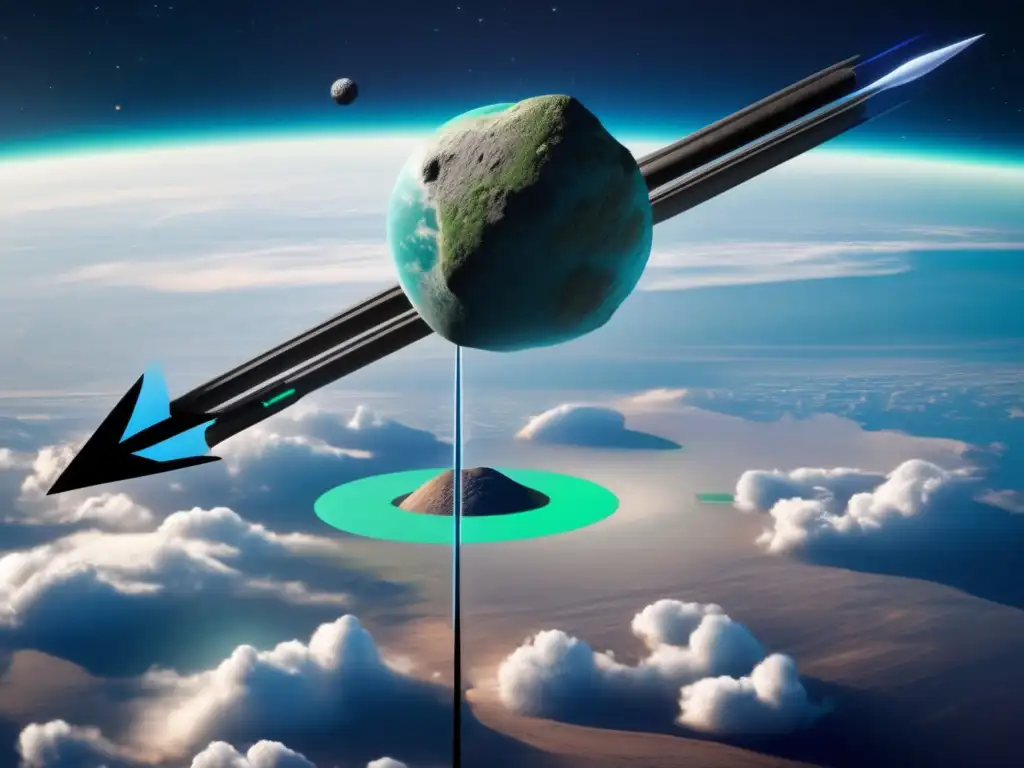
If you're interested in learning more about asteroid defense, check out these resources:
- NASA Planetary Defense
- NASA Center for Near-Earth Object Studies
- ESA Multimedia Gallery
- JAXA - Japan Aerospace Exploration Agency
- CSA - Canadian Space Agency
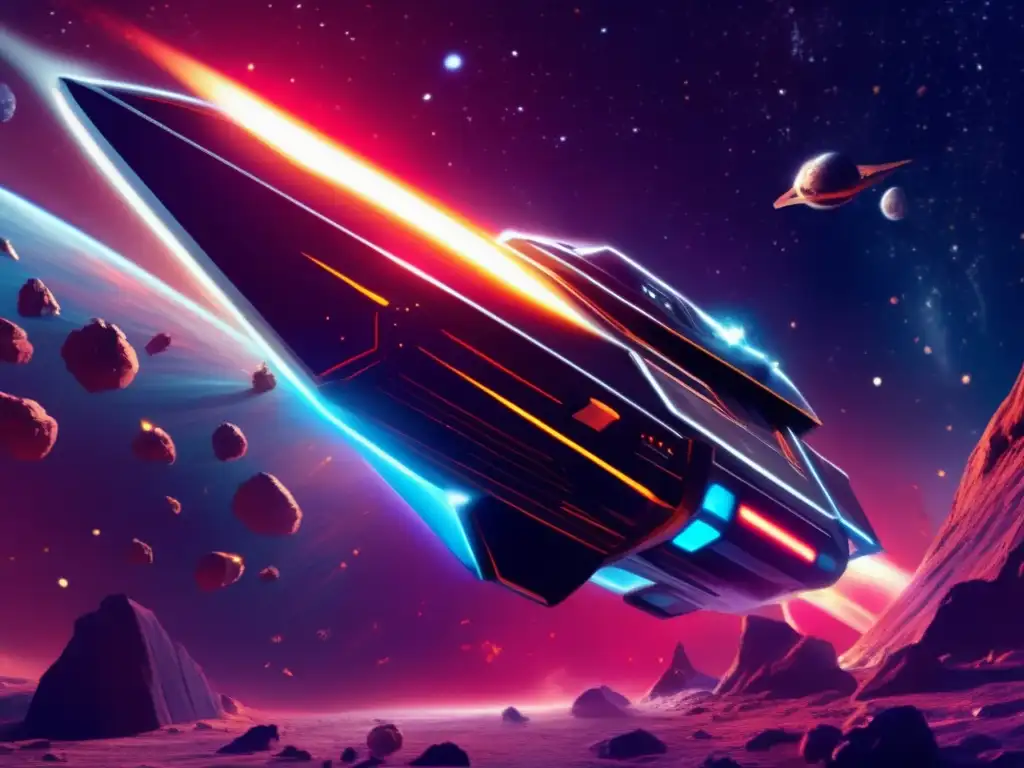 Avoiding The Big Bang: Tools For Preventing Asteroid Collisions
Avoiding The Big Bang: Tools For Preventing Asteroid Collisions Asteroid Showdown: Techniques For Planetary Defense
Asteroid Showdown: Techniques For Planetary Defense Guarding The Galaxy: How We Shield Earth From Asteroids
Guarding The Galaxy: How We Shield Earth From AsteroidsIf you want to discover more articles similar to Against All Odds: Current Strategies For Asteroid Defense, you can visit the Planetary Defense category.
Leave a Reply

Articulos relacionados: